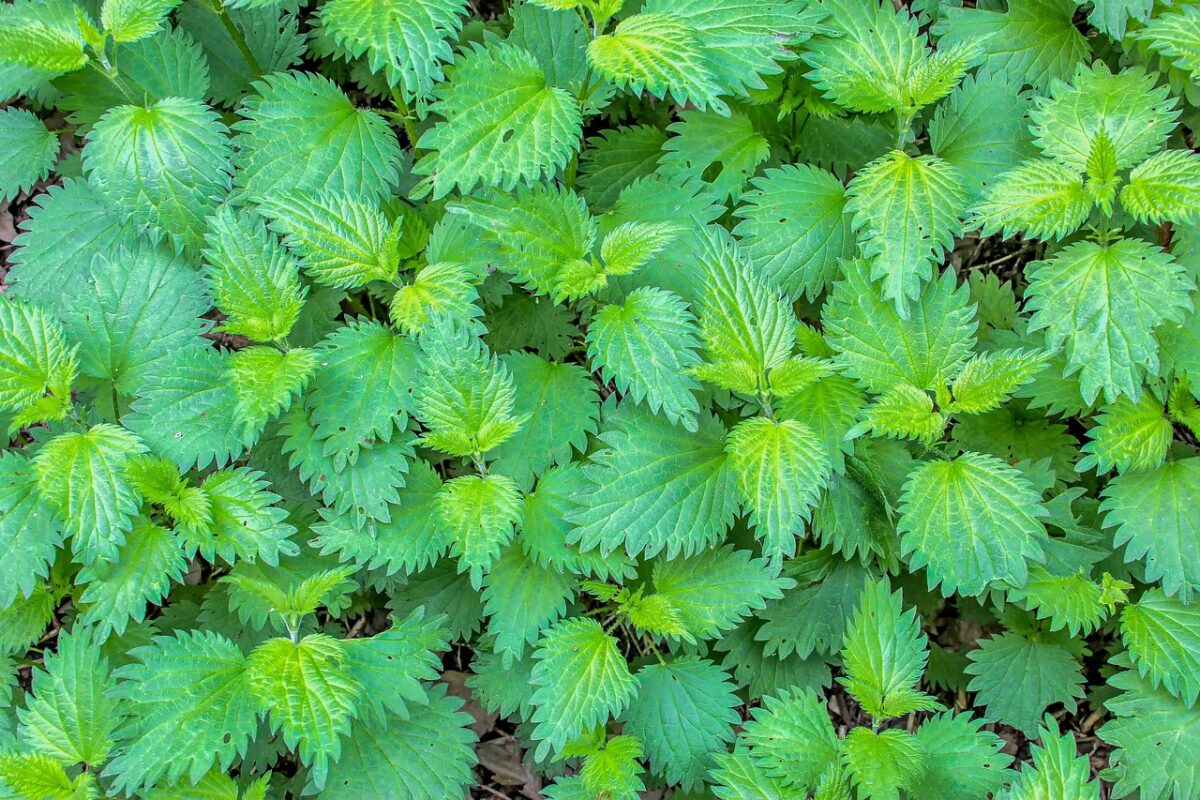IDENTIFICATION of Urtica dioica
Scientific name:
Urtica dioica

Italian common name:
Ortica
Family:
Urticaceae
Origin:
native to Europe, Asia and North Africa
Enviorment:
in uncultivated areas, near ruins, cleared woods, in soils rich in nitrates, widespread up to 2400 m.
Evergreen or deciduous:
deciduous
Toxicity:
not known
PLANT RECOGNITION of Urtica dioica
Height:
120 cm. With yellow creeping rhizome
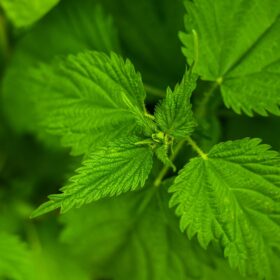
Width (extension):
50 cm
Habit:
Erect. Herbaceous perennial plant
Leaf:
opposite, petiolate, ovate-lanceolate in shape with cordate base, toothed margin.
Flower:
yellow-greenish with 4 hairy tepals, small borne in dense pendulous groups (racemes) 2-3 cm long, in the axils of the upper leaves
Flowering: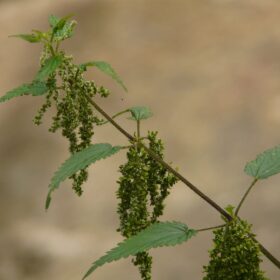
from May to November
Fruit:
An oval achene develops from the female flowers, with a tuft of hairs at the apex, up to 1.3 mm long and up to 0.9 mm broad, which contains the seeds.
Stem:
quadrangular erect and striated
Property:
contains vitamins A, C, K and mineral salts. It is purifying, diuretic, anti-anaemic, hair strengthener, for gargling against sore throat. The more mature leaves can be laxative.
Perfume:
delicate and citrusy
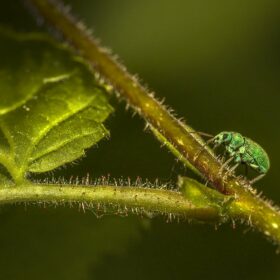
NEED
Light Exposure:
full sun or partial shade
Soil type:
in soils rich in nitrates, phosphates and humus. If the soil is too fertilized, the nettle will take over the other plants and become uncontrollable. The roots have difficulty penetrating soils that are too compact.
Soil acidity:
pH 5,5 – 8,0
Italian climatic area:
in all Italian regions
Need for water: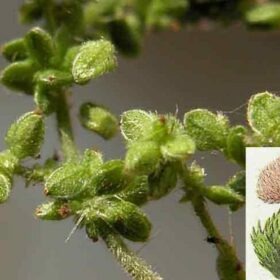
rain water
Propagation:
it reproduces easily from seed
Diseases:
Weed control is essential, especially during the first year after which it is prone to very few diseases.
PARTICULARITY of Urtica dioica
The name of the genus comes from the Latin verb urere which means to burn due to the stinging action of a substance contained in small ampoules of the hairs which break on contact.
When we try to seize a nettle plant we break the tiny hairs that cover it and therefore the “vacuole” of the cells inside them, where there is a stinging substance composed of formic acid, histamine and serotonin.
Its charm lies in its vigor and in its ability to “tidy up” any type of terrain.
It is said that by cutting the nettles at the base 3 times in a year, they can be eliminated.
It is a very useful synergy plant and as long as it is kept under control it improves the growth of vegetables and fruit trees by protecting the plants from birds and parasitic attacks.
They are very useful plants for the ecosystem in general
their wild presence signals the restoration of environments degraded by neglect or pollution.
Nettle is an excellent ingredient for activating the bacterial activity of the compost. A macerate can be prepared with the whole plant and in particular the leaves by leaving them to soak for 7-21 days in water and using the liquid as a foliar fertilizer and to make all horticultural and vegetable species more resistant to diseases and parasites;
the presence of nettle near aromatic plants stimulates their natural defense and therefore the production of essential oils. The plant is fly repellent and can be used fresh to disinfest environments.
It was once recommended to increase milk production in cows and egg production in hens.
Annotations
From an energy point of view it has affinity with the movements of wood, earth, metal and water, on all of them it has a toning and purifying action.
Nettle stings are good for rheumatism and osteoarthritis.
History
Pedanio Dioscoride (about 40-80 AD), who was a military doctor under the Roman emperors Claudio and Nerone, describes it thus: Nettle. Akalyphe, some call it knide (= nettle), others adike (= unseemly, itchy), the Romans urtica, the Egyptians selepsion, the Dacians dyn. The semen, drunk with zibibbo wine, stimulates coitus and opens the uterus.
In Rome, nettle was a very popular aphrodisiac. Its seeds were used for all love potions. The poet Ovid has handed down this recipe to us: “Also mix the pepper with the nettle seed.” Rubs with fresh nettles were also believed to help with impotence. Ovid himself recommended a mixture with honey, onions, eggs and pine nuts.
And if you want to further explore the historical part you can find them here
The protective power of nettle has long been used in magic and if you want to learn more about this aspect you can find good information here
Dendrocnide moroides or Australian giant nettle, also called suicide plant because it is very dangerous and painful due to its hairs that get under the skin with their silica tip releasing a very powerful neurotoxin.
In the kitchen:
The best season for its collection is from April to June, before flowering: it is taken whole, including the root and flowers in the late morning, wearing gloves however.
The new spring shoots and the leaves are used all year round to flavor risottos, as a base for omelettes and as a filling for ravioli, savory pies and pan-fried with bacon. Nettle chlorophyll is also used as a colorant for lasagna and tagliatelle.
To have nettle available all year round, it can be harvested and then dried.
THE GARDEN WORLD COUNCIL
The plant also has vessel-constrictive properties and is therefore dangerous for people suffering from hypertension who will therefore not be able to enjoy its edible beneficial effects, but will instead be able to use its magical properties by surrounding themselves with it.
Now on horseback! Work awaits us! Our new wonderful outdoor space is about to be born!
GOOD WORK and…if you have any questions, write to info@ilmondodelgiardino.com
Image sources: thanks to Pixabay and in particular many thanks to Tom for the cover photo, Silvia for the social photo, Leopictures for the plant, Erika Varga for the leaves, Hans for the flowers, Erik Karits for the detail of the stem, summagallica.it for the fruits.



